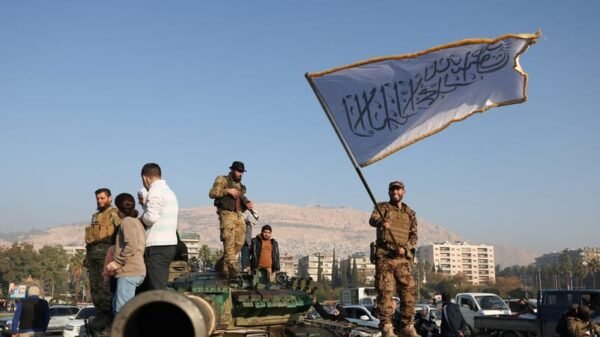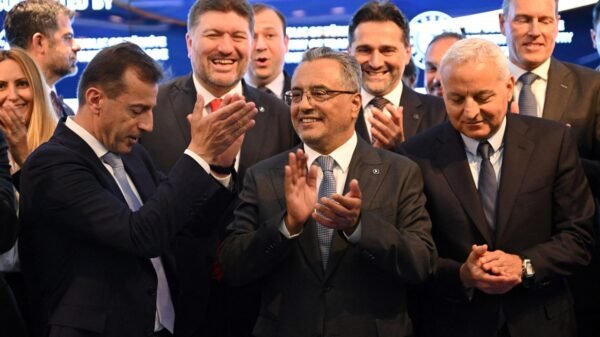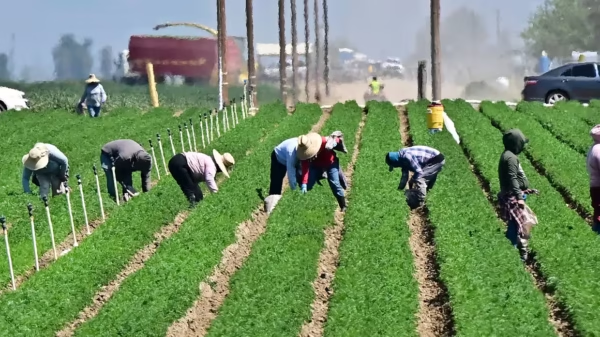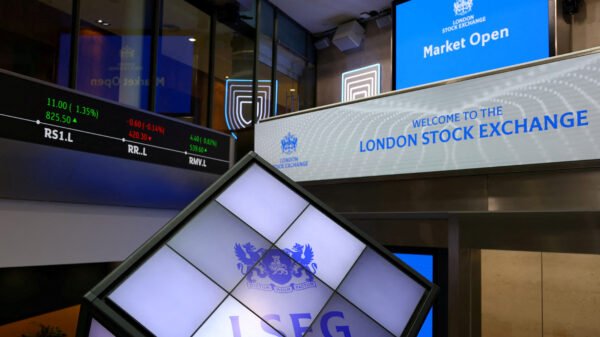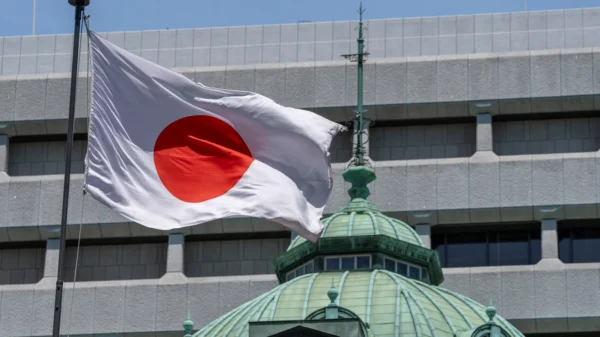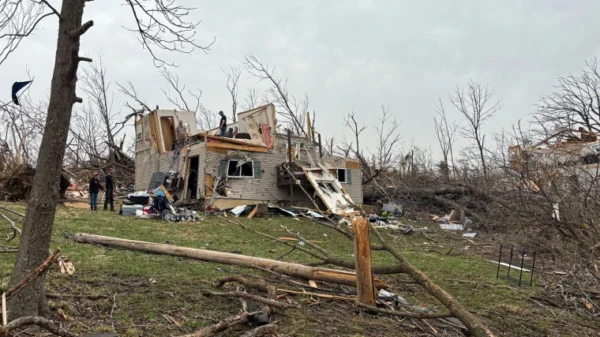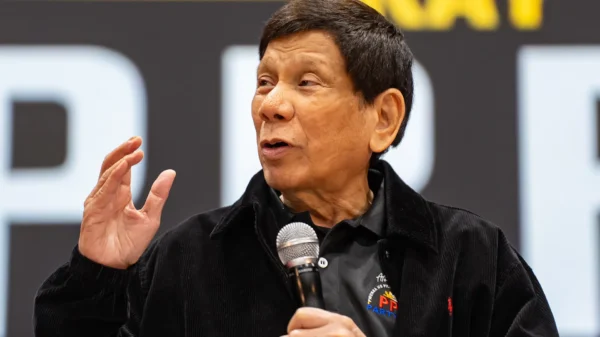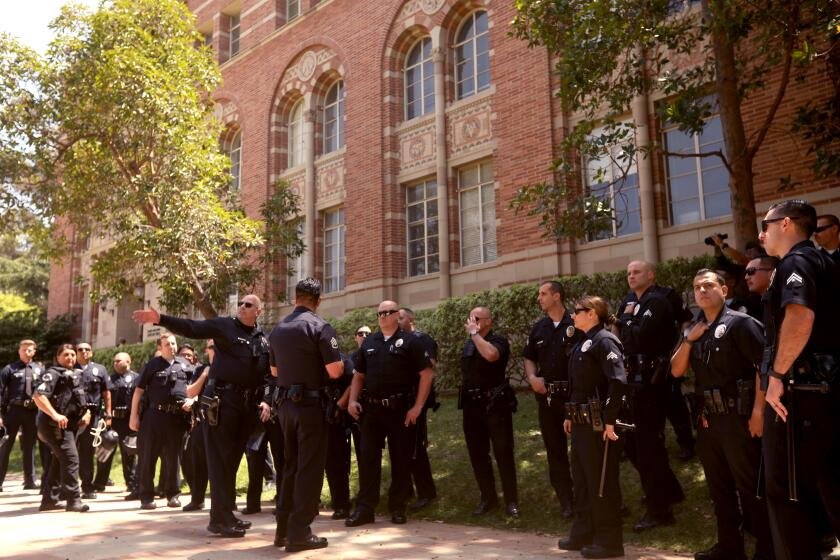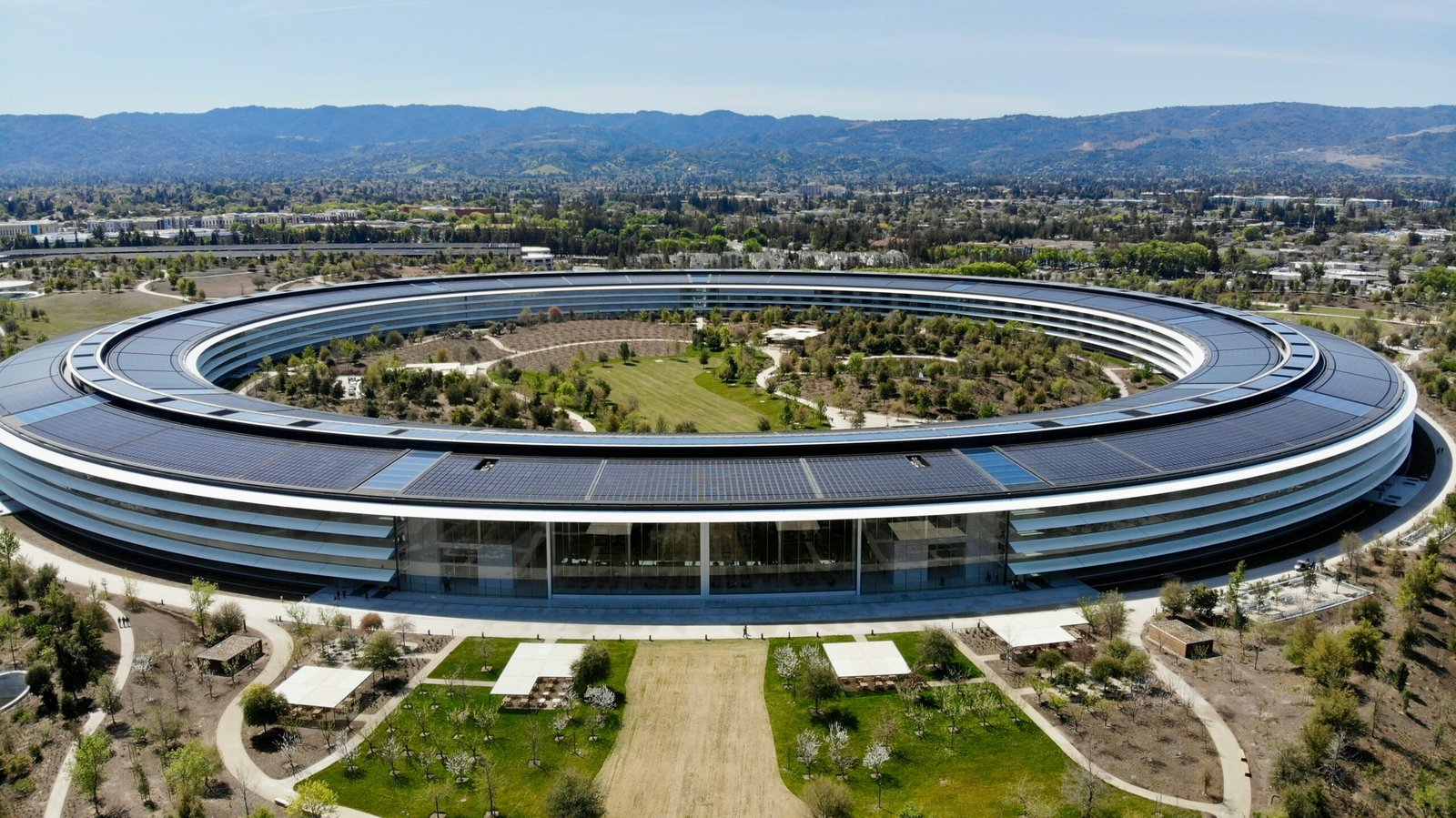Examining the UCLA Police Chief Amid Allegations of Security Lapses
In the aftermath of a disturbing mob attack at UCLA, the spotlight now turns to the actions of the university’s police chief, who faces accusations of security lapses leading up to the incident. The chief, under scrutiny, offers a defense of his actions amidst growing concerns about campus safety and preparedness.
Initial Concerns and Preparations
Prior to the mob attack, there were already murmurs of discontent regarding security protocols on the UCLA campus. Some students and faculty members expressed concerns about the adequacy of measures in place to handle potential disruptions or threats. These apprehensions were particularly heightened in light of escalating tensions in the surrounding community. The UCLA police chief, however, maintains that the department had been diligently preparing for various scenarios, including the possibility of large-scale disturbances.
Challenges in Mobilizing Resources
One of the chief’s primary defenses revolves around the logistical challenges inherent in mobilizing resources to address a rapidly evolving situation. He contends that while the department was indeed aware of the potential for unrest, the scale and intensity of the mob attack caught them off guard. The chief emphasizes the need for a delicate balance between maintaining a visible security presence and avoiding actions that could escalate tensions further. He cites resource limitations and the need to prioritize multiple simultaneous events across the sprawling campus as contributing factors to the perceived lapses.
Communication and Coordination Efforts
Critics have pointed to deficiencies in communication and coordination among law enforcement agencies and university officials as exacerbating the chaos during the mob attack. However, the UCLA police chief asserts that his department had been actively engaged in coordinating with relevant stakeholders leading up to the incident. He highlights the complexities of managing communication channels during high-stress situations, acknowledging that there may have been breakdowns in real-time information sharing but emphasizing ongoing efforts to streamline protocols and improve interagency collaboration.
Training and Preparedness Initiatives
In response to allegations of inadequate preparedness, the UCLA police chief underscores the department’s commitment to ongoing training and preparedness initiatives. He cites regular drills and simulations aimed at testing the responsiveness of officers to various scenarios, including crowd control and civil disturbances. Additionally, the chief highlights the importance of continuous evaluation and refinement of protocols based on lessons learned from real-world events. Despite the criticisms leveled against him, he remains steadfast in his belief that the department’s training regimen has equipped officers with the necessary skills to handle challenging situations effectively.
Reassessing Security Protocols
The aftermath of the mob attack has prompted a comprehensive reassessment of security protocols and procedures at UCLA. The police chief acknowledges the need for a thorough review of existing strategies to identify areas for improvement and address any systemic shortcomings. He pledges transparency and accountability in this process, welcoming input from the university community and external stakeholders. While recognizing that restoring trust and confidence will take time, he expresses a firm commitment to implementing measures that prioritize the safety and well-being of all campus constituents.
Community Engagement and Outreach
Beyond operational adjustments, the UCLA police chief emphasizes the importance of community engagement and outreach in fostering a culture of safety and vigilance on campus. He advocates for proactive measures aimed at building trust and collaboration between law enforcement and the diverse communities they serve. This includes initiatives such as town hall meetings, student-led forums, and outreach programs designed to facilitate open dialogue and address concerns constructively. By fostering stronger ties with the university community, the chief believes that the department can better anticipate and respond to emerging challenges effectively.
Looking Ahead: Lessons Learned and Future Preparedness
As UCLA grapples with the aftermath of the mob attack, the police chief remains resolute in his commitment to learning from the experience and enhancing the institution’s preparedness for future threats. He acknowledges that mistakes were made and lessons were learned but asserts that adversity presents an opportunity for growth and improvement. Moving forward, he pledges to redouble efforts in training, communication, and coordination while prioritizing the safety and security of all who call UCLA home.
In conclusion, while facing accusations of security lapses, the UCLA police chief offers a robust defense of his actions, emphasizing the complexities and challenges inherent in ensuring campus safety amidst evolving threats. As the university community reflects on the events that transpired, there is a collective call for accountability, transparency, and collaboration in fortifying defenses against potential risks.





